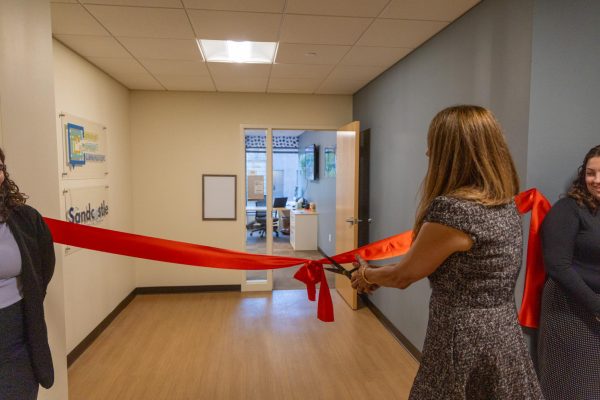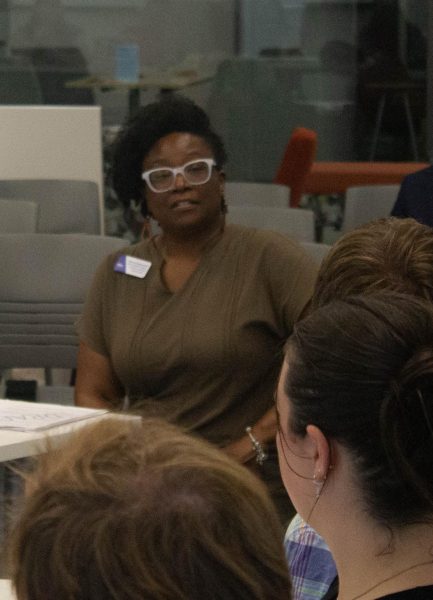Climate change: revolutionary innovations
In a room packed with students and faculty, the guest speaker admitted that his company was trying to “make everything out of air, water and sunlight,” which he said, “sounds like magic to a lot of people.”
During a seminar called “Transforming Carbon Dioxide to Stop Climate Change,” Dr. Stafford Sheehan, the chief technology officer and co-founder of the air company, and electrochemist by training, informed students and faculty about the technology that turns carbon dioxide into consumer products.
Sheehan said that his company is trying to make a product with electricity, water and CO₂.
The company plans convert the electricity, water and CO₂ into ethanol or alcohol, and sell it as a consumer product.
According to Sheehan, the Air Company gets their CO₂ from ethylene oxide, which is a byproduct of some industrial processes.
He said that his company pays for solar credits for their electricity. While the solar happens off-site, the company is getting their electricity from renewable energy sources.
According to the United States Geological Survey, carbon sequestration is the process of capturing and storing atmospheric CO₂. Companies like the Air Company, take more CO₂ out of the atmosphere and help reduce global warming. Sheehan said that smaller companies like his won’t lower the effects of global warming significantly, but it’s just one step in the right direction for a solution to climate change.
Sheehan said that one of the goals of his company is trying to imitate how plants sequester carbon. They use CO₂ and water as their raw materials for their products and try not to put more CO₂ into the air than they are taking away. He also said that a major part of this goal is using renewable energy, such as solar and wind power.
One of the reasons that Sheehan was inspired to start his company was that there’s currently more CO₂ in the air than the trees can absorb. Sheehan also said that photosynthesis is more efficient than Bioethanol from corn and “optimized production of cellulose.”
Although this technology is operating on a small scale today, it would cost around $20 billion, as estimated by Sheehan, to extend this type of innovation to the point where it would make a dent in the climate crisis.
“Regardless of the cost of this work, I am hopeful for what future scientists have in store for fighting the nations most prevalent issue,” said senior biochemistry major Colby Masse.
Sheehan hopes to have the pilot plant open in March and his consumer products will probably be on the market soon after.
“I think Dr. Sheehan is a great inspiration for all aspiring scientists at RWU,” said Masse. “To have him along with the many other great seminar speakers that come throughout the year in MNS is a great attribution to the program.”





